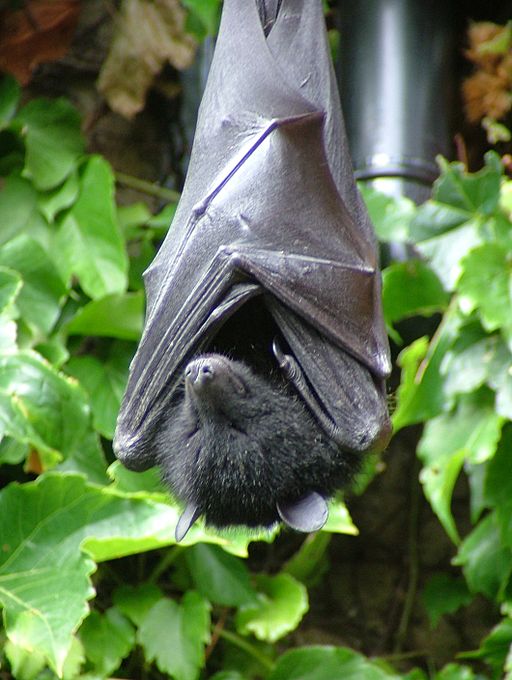Am I repeating myself?
 Thursday, May 30, 2013 at 10:03PM
Thursday, May 30, 2013 at 10:03PM 
When we lived in Australia, megabats used to fly over our house just after sunset. The grey-headed flying foxes had wingspans of up to a metre. In winter they sometimes flew 150 kilometres in a single night to forage for food. We often sat on our deck and watched the aerial parade.
Word count: 450 Reading time 1-2 mins.
So when I saw dictionary.com’s Word Of The Day on Tuesday, battology, it was love at first syllable. Its meaning (the wearisome repetition of words in speaking or writing) was even more endearing and I’ve claimed it as a personal pet.
My rough drafts are littered with battologies. As I revise, I have to keep my eyes peeled for oft-repeated verbs, adjectives, and sometimes even entire phrases. I’m not saying these sins don’t exist in my final drafts, just that I try to minimize them.
I’ve certainly seen the same problem in other people’s work. I read a novel recently where several of the main characters used the idiom anyways. If only one used that expression, it might have been what Sol Stein calls a character marker. (Stein on Writing, Chapter Five, Markers: the Key to Swift Characterization). That is, it might have revealed that character’s social background and maybe even education level. However, when three characters from different parts of the country and different social backgrounds used it, it became a battology.
Once I read a mystery novel by a well-known English writer who used the word portent and portentous three times in the first fifty pages or so. That’s not an everyday kind of word, at least not in the world of the people being portrayed. It was the author’s vocabulary decorating the story, repetitively.
In the five months I have read two bestselling novels by the same author almost back-to-back. Both of her protagonists used Tom of Maine’s toothpaste. This detail leapt out at me in the first book because I had been looking at that very product in a health store the week before. When the second protagonist used the same brand, it slipped from being a character marker to being author repetition.
These three examples all had the same effect: they made me aware that I was reading someone’s writing. They stopped the story, at least for a minute or so. In the first case, I started speed-reading to get to the end of the book. I no longer believed.
The nightly fly-by of megabats past our Sydney home was comforting in its predictability but that’s not good fiction. Predictability kills a good story. If writers repeat themselves, they can ruin the magic they are spinning.
How do you avoid repetition? Have you ever encountered a battology that threw you out of a story?
***
Photo from Wikimedia Commons: Livingston’s Fruit Bat by Ben Charles


